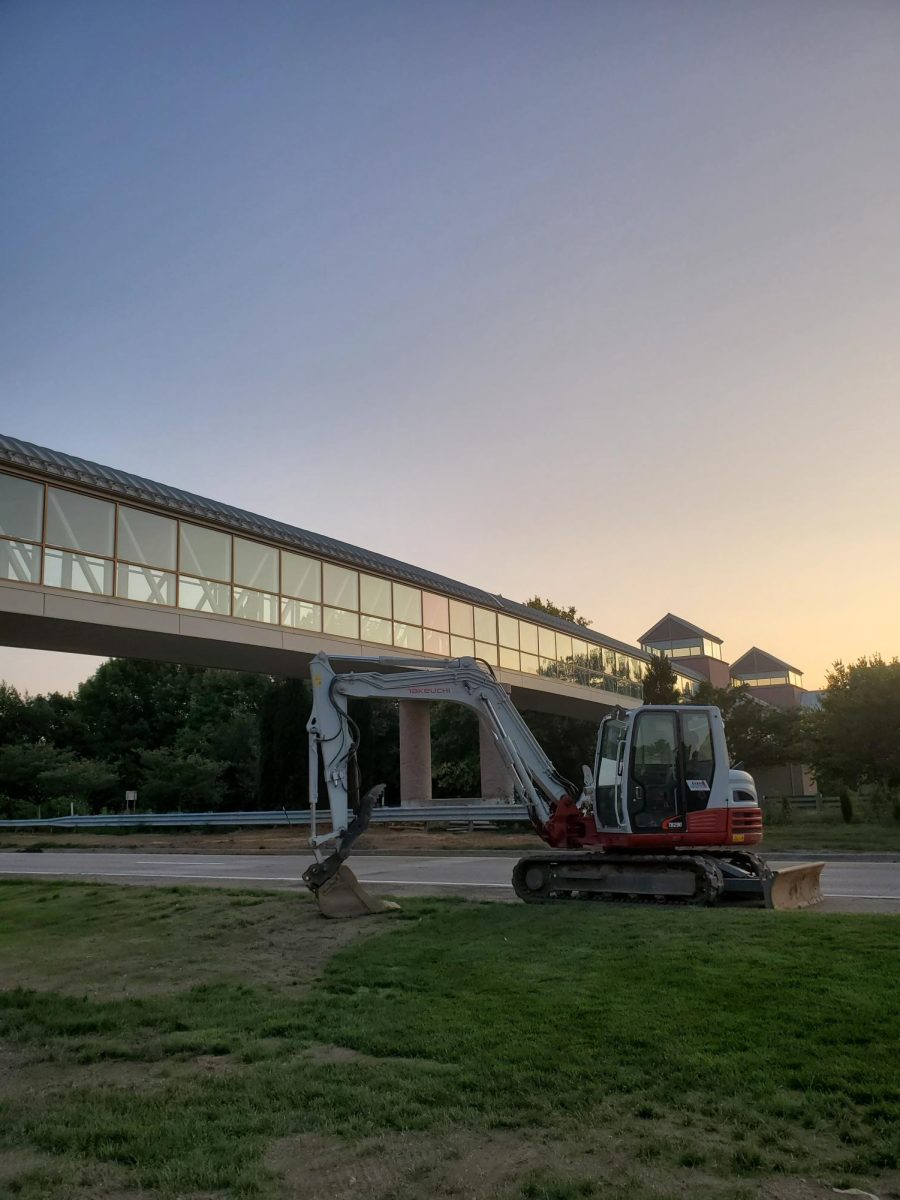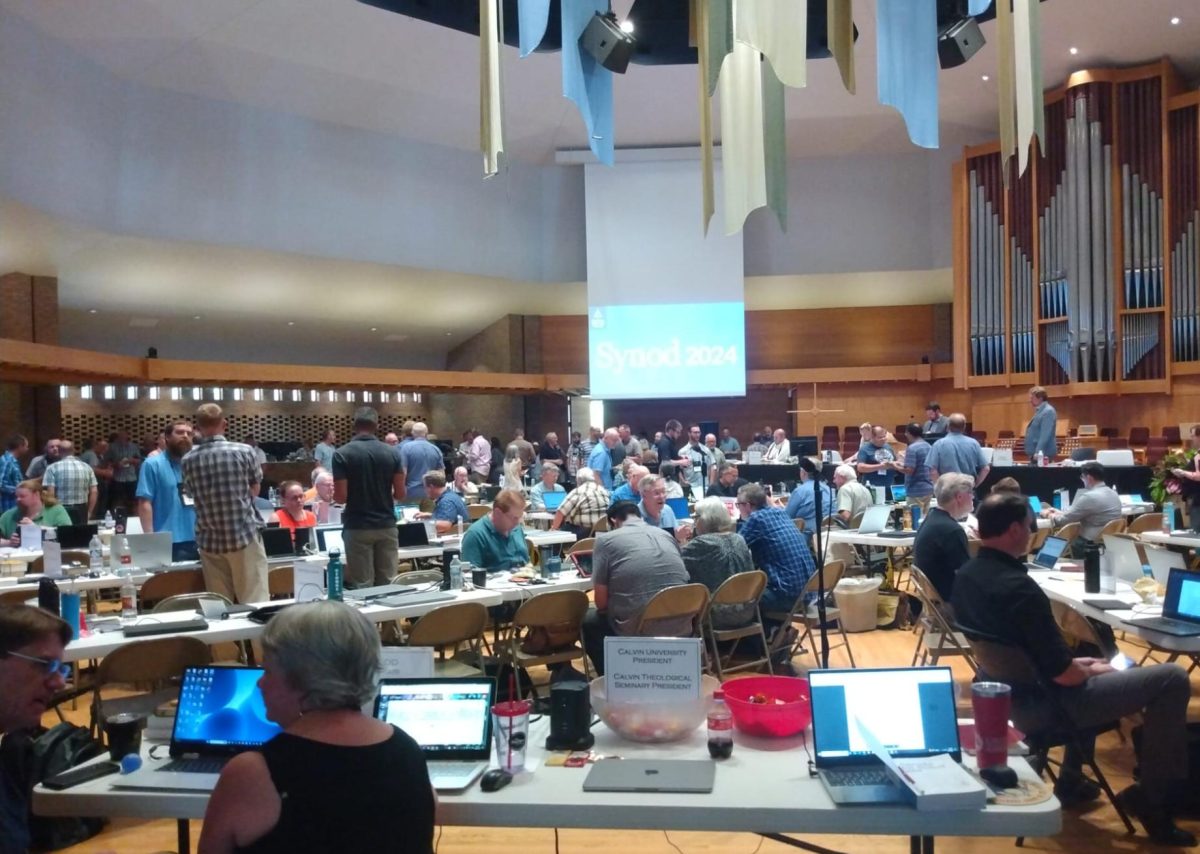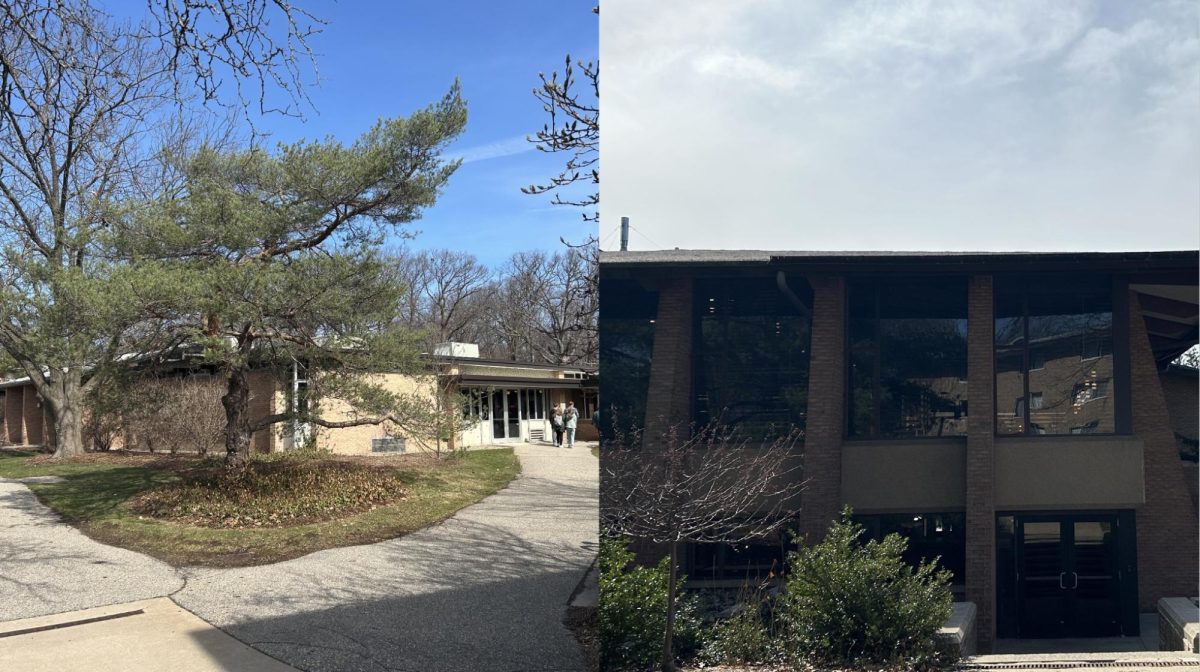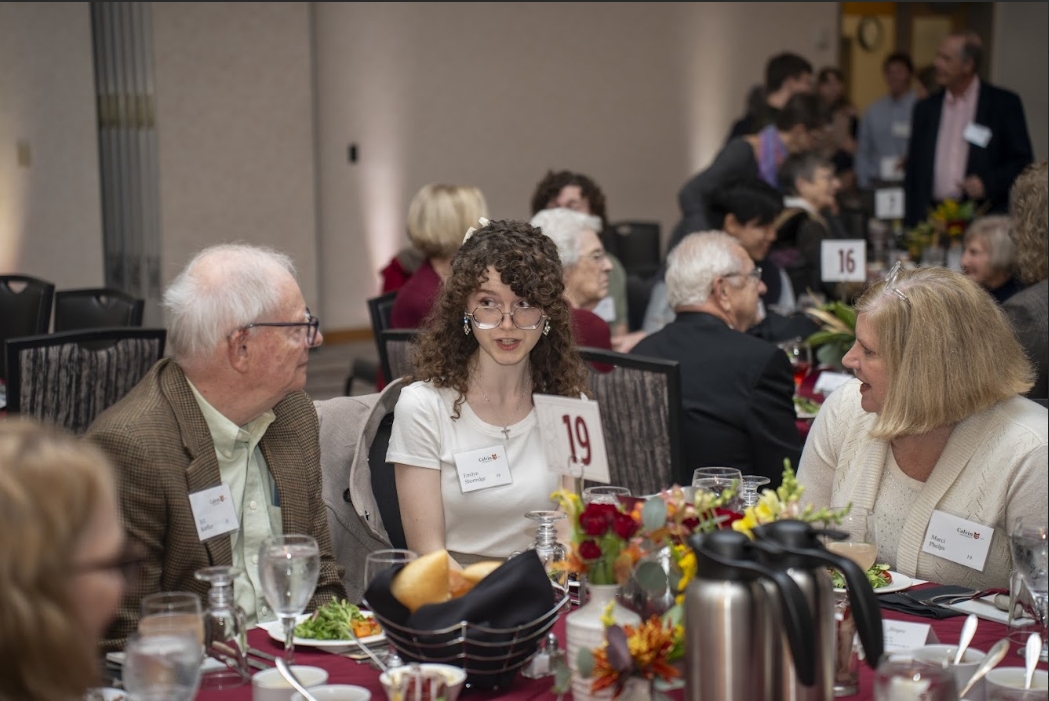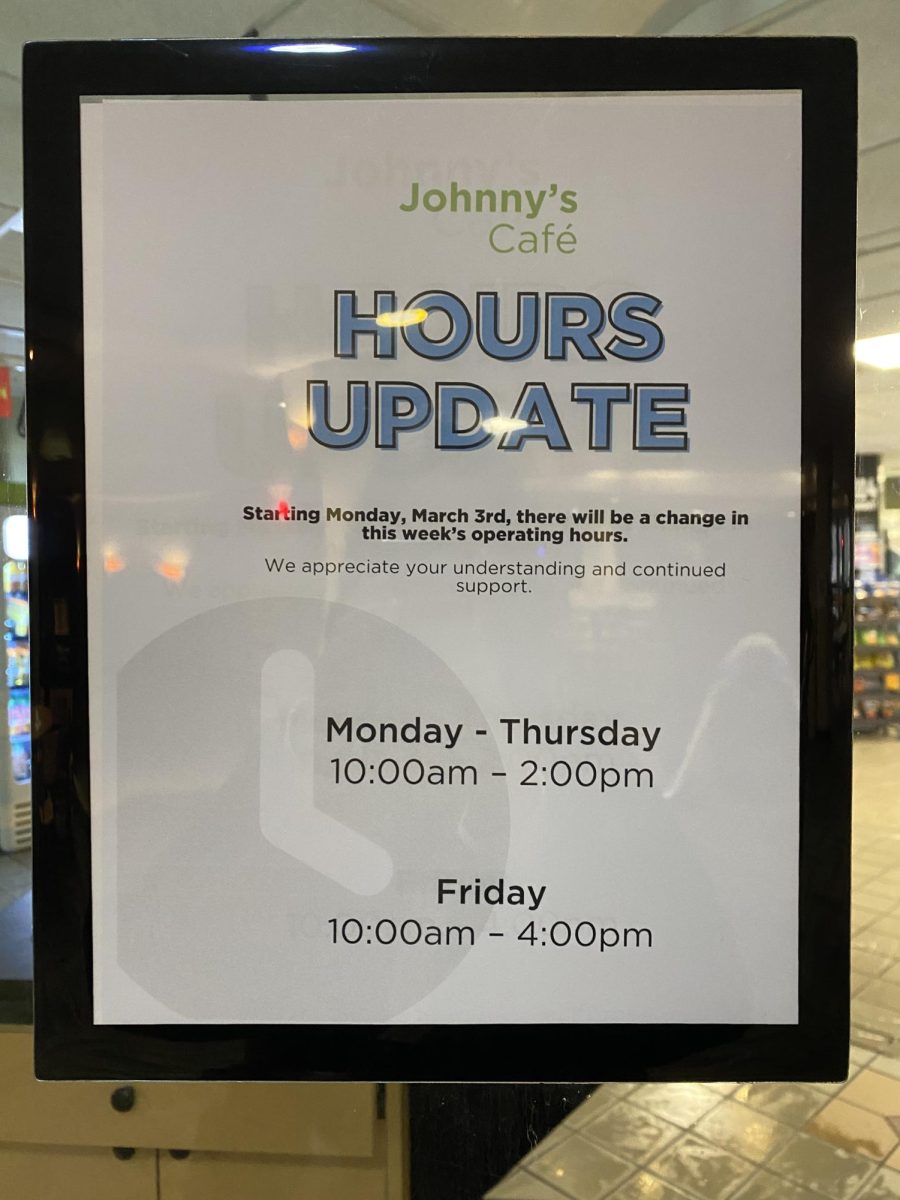As Calvin undertakes significant building projects soon after the university downsized, Chief Financial Officer Dirk Pruis clarifies that said projects are largely funded by donor gifts.
Calvin’s financial history has notched a number of bumps in the last two decades. Back in 2012, Chimes reported that Calvin was facing a “10 percent budget shortfall that must be accounted for in the next five years.” Part of the reason for the deficit was Calvin’s use of debt financing, a strategy where Calvin “borrowed the money to construct buildings like the Fieldhouse, and invested the unused borrowed funds and incoming donations.” During the 2008 recession, this strategy resulted in Calvin losing large quantities of money.
As declining enrollment also affected Calvin’s finances, the university made significant budget cuts. Over the next decade, Calvin sold off properties, introduced a voluntary retirement program for staff and faculty and cut programs. In recent years of downsizing, Calvin received “board approval…to increase the spending rule on a small portion of the endowment,” Pruis told Chimes. According to previous Chimes reporting, the approval for a “spending rate of seven percent of the average balance from the past three years,” occurred in 2021.
However, the university did not use the endowment draw increase at the time.
Today, while Calvin is in a season of growth “where we are investing more heavily to both enhance the student experience and grow our enrollment,” the administration “determined that taking advantage of that board-approved amount this year to be a prudent move to support that strategic direction,” Pruis said.
This growth strategy includes a number of construction projects. The largest individual project is a major renovation of the lower three floors of Hekman Library. According to Pruis, “the total spending on the Library Renovation, inclusive of the enabling construction and related moving expenses for Library materials and for all the moving costs, is approximately $24 million.” None of this money is taken from the operating budget or endowment funds, nor is it financed by debt; the project is “fully funded by prior donor gifts.”
The second phase of the Commons Union project — of which the Hekman renovations are phase one — “is nearing design completion and is dependent on further funding to proceed,” Pruis said. “We’ll be able to fully assess that phase of the project when the design is fully completed, and its timetable will be dependent on funding being completed during the upcoming capital campaign.”
The School of Health renovation costs, while not completely finalized, will likely be “approximately $2.5-$3 million,” all of which is also fully funded by prior donor gifts, according to Pruis.
The other big ticket items are phases one and two of the Outdoor Athletics Project, which “will together cost just over $21 million,” Pruis told Chimes. The Outdoor Athletics Project is not entirely funded through donors in the same way as the library –– neither is it funded at all through the operating budget. Rather, existing donor funding, money from the upcoming fundraising campaign and Board of Trustees designated funding provide the money for this work, Pruis said.
The long-term sustainability of the new athletics programs has been addressed in the athletic strategic plan approved by the Board of Trustees in 2022, according to Pruis, “so their operations were incorporated into the operating budget.” Nevertheless, “there were specific one-time start-up costs across athletics for new programs which were funded through donor gifts,” he said.
Finally, a slight change to the endowment occurred last April. The board approved “an administrative charge for the investment management of the endowment,” Pruis told Chimes. The practice of charging a small, 0.25% fee from the endowment to provide for a portion of the management expense it incurs “is common to virtually all institutions with endowments, but Calvin had not previously put this in place,” according to Pruis.



